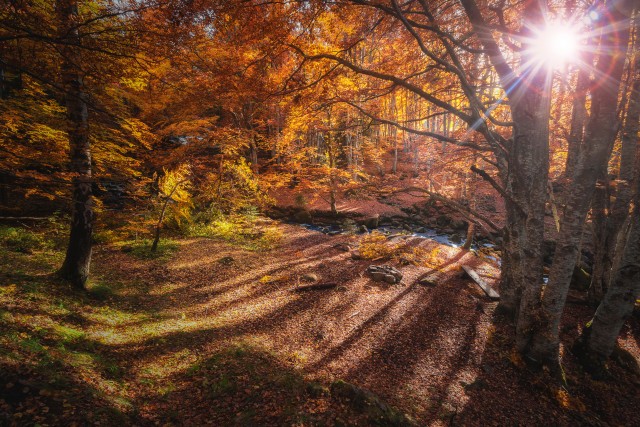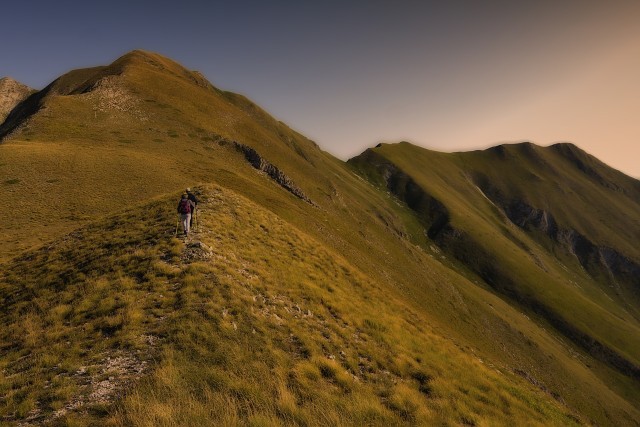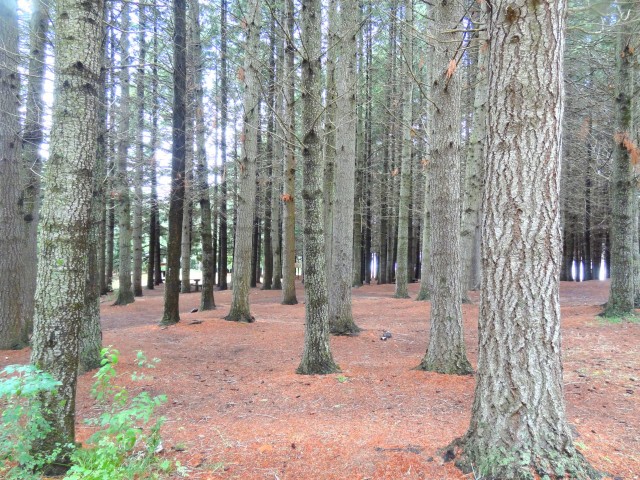
Autumn in Italy is a season of magic. As the leaves change into vibrant shades of red, yellow, and orange, Italy’s forests transform into breathtaking landscapes that are perfect for hiking, photography, and reconnecting with nature. From the Alps to the southern regions, the country is home to some of Europe’s most spectacular woodlands.
To help you plan your autumn escape, we’ve selected five of the best Italian forests to visit this season. Wrap up in your cosiest jumper, lace up your walking boots, and explore these incredible autumnal destinations.
Stelvio National Park: Italy’s alpine woodland gem

Location: Bolzano, Trento, Brescia, and Sondrio
Highlights: Deer, chamois, marmots, mountain goats, eagles, vibrant autumn leaves
Established in 1935, Stelvio National Park is one of Italy’s oldest and largest natural reserves, spanning over 134,000 hectares across the Alps. In autumn, its diverse ecosystems—from 600 to 4,000 metres above sea level—become a kaleidoscope of yellow, orange, and brown. Walk along clear streams and spot wildlife like eagles and foxes amidst the golden canopy.
Valle Vigezzo: the valley of the painters in Autumn

Location: Piedmont, near Lake Maggiore
Highlights: Maple, oak, chestnut, and beech forests, scenic train rides
Valle Vigezzo lies between Lake Maggiore and the Swiss Alps. Known as “the Valley of the Painters”, its autumn foliage is a masterpiece of colour. A scenic train ride from Domodossola to Locarno provides breathtaking views of golden forests, making it one of northern Italy’s most picturesque autumn destinations.
- Find your holiday rental in Verbano-Cusio-Ossola province
- Find properties for sale in Verbano-Cusio-Ossola province
Monti Sibillini National Park: Autumn in central Italy

Location: Umbria and Marche
Highlights: Beech and maple forests, charming villages, ancient legends
Nestled between Umbria and the Marche, Monti Sibillini National Park is a central Italy treasure. Autumn brings vibrant woodlands, grasslands, and limestone peaks alive with fiery shades. Explore clear streams, ravines, and medieval villages while learning about the legendary Sibyl who once lived in a local cave.
Foresta Umbra: the forest of shadows in Gargano

Location: Foggia, Apulia
Highlights: 700-year-old Aleppo pine, beech and maple trees, marked walking trails
Located in the heart of Gargano National Park, Foresta Umbra is a must-visit for autumn forest lovers. Its beech, oak, and maple trees turn brilliant shades of red and gold, creating a truly magical atmosphere. Explore marked trails and don’t miss the Zeppino dello Scorzone, a 700-year-old Aleppo pine along the route from Peschici to San Menaio.
Sila National Park: Calabria’s ancient forests

Location: Calabria, provinces of Catanzaro, Cosenza, and Crotone
Highlights: Wolves, beech, pine, fir, and oak forests, mountain refuges, traditional cuisine
Sila National Park is one of southern Italy’s largest and most treasured forested areas, spanning over 73,000 hectares. Under the stewardship of the Italian National Trust (FAI), it offers trails for hiking and biking through pristine forests and wildlife habitats. Autumn is the perfect season to visit, enjoy the crisp mountain air, and taste the region’s rustic, traditional dishes.
Forests in Italy: key facts
How much of Italy is covered by forests?
Around 36.7% of Italy—roughly 11 million hectares—is forested, particularly in hilly and mountainous regions like the Apennines and Alps. Forests play a vital role in biodiversity, environmental conservation, and carbon sequestration.
What is the largest forest in Italy?
The Sila National Park in Calabria is often considered the largest forest in Italy, covering about 150,000 hectares. Its ancient woodlands host wildlife like wolves, deer, and numerous bird species.
Are there forests in Tuscany?
Yes! Tuscany boasts diverse forests in the Casanova Forest, Vallombrosa Biogenetic Reserve, Monte Amiata, and the Casentino Forests. These areas are perfect for hiking, photography, and exploring Italy’s natural heritage.
